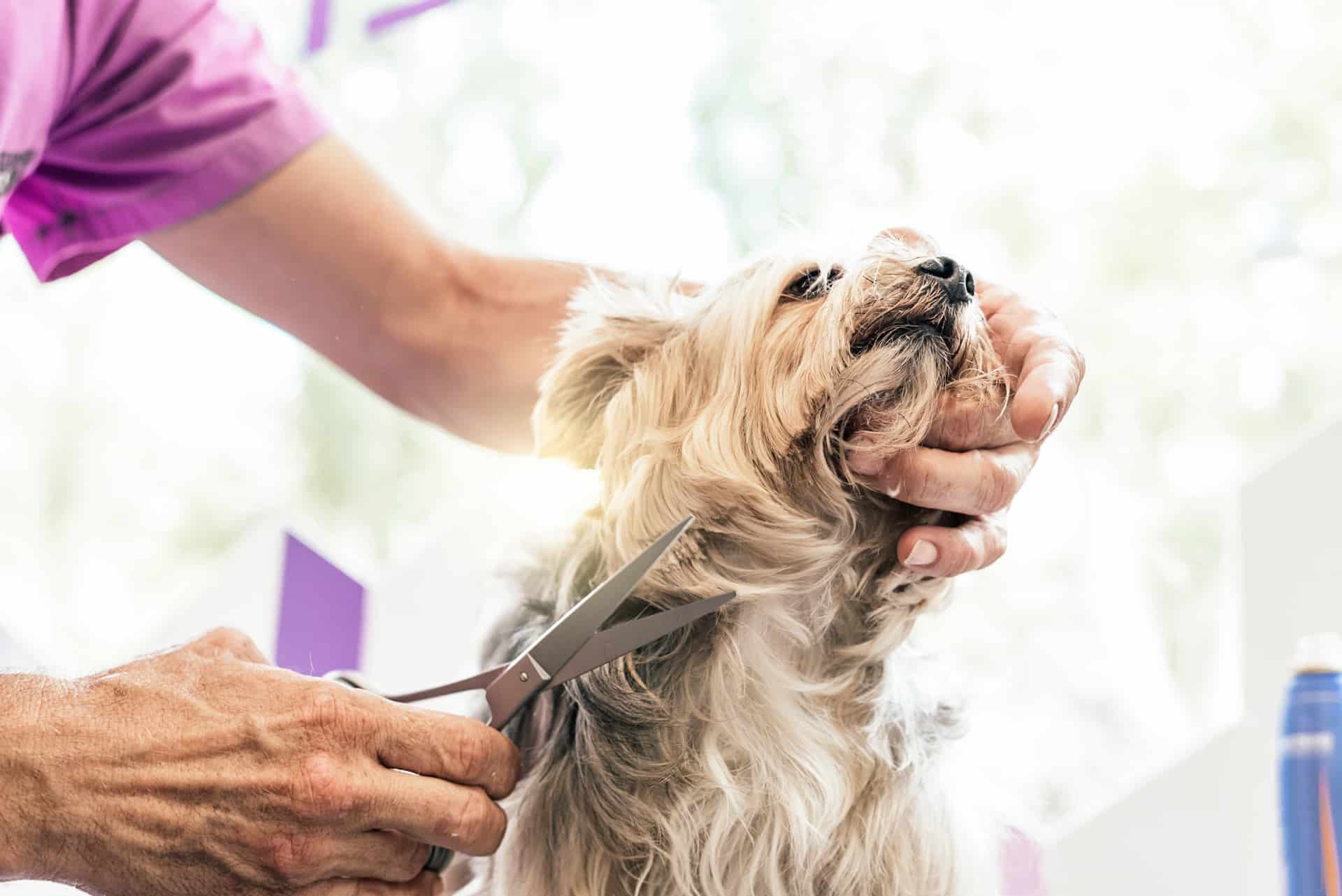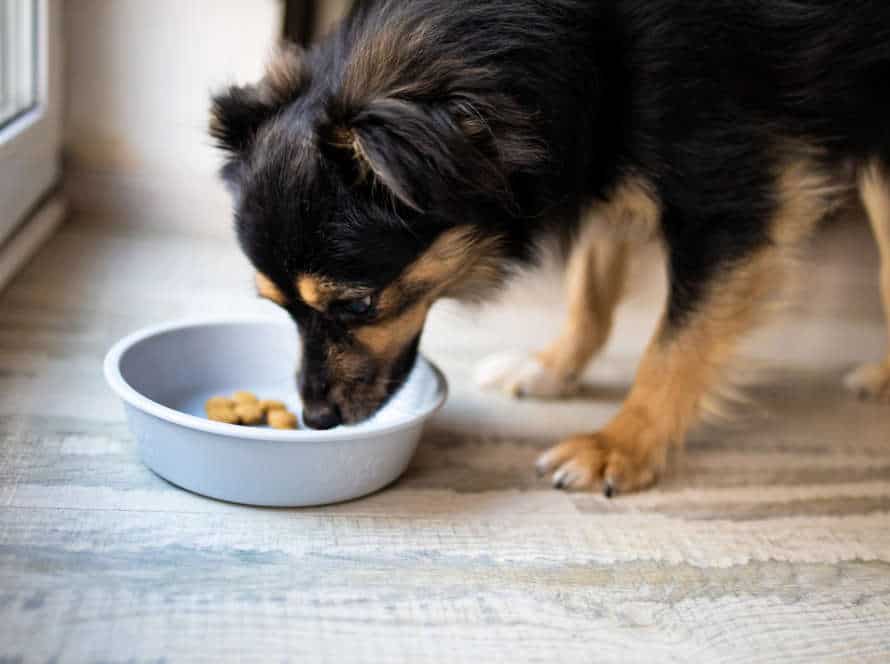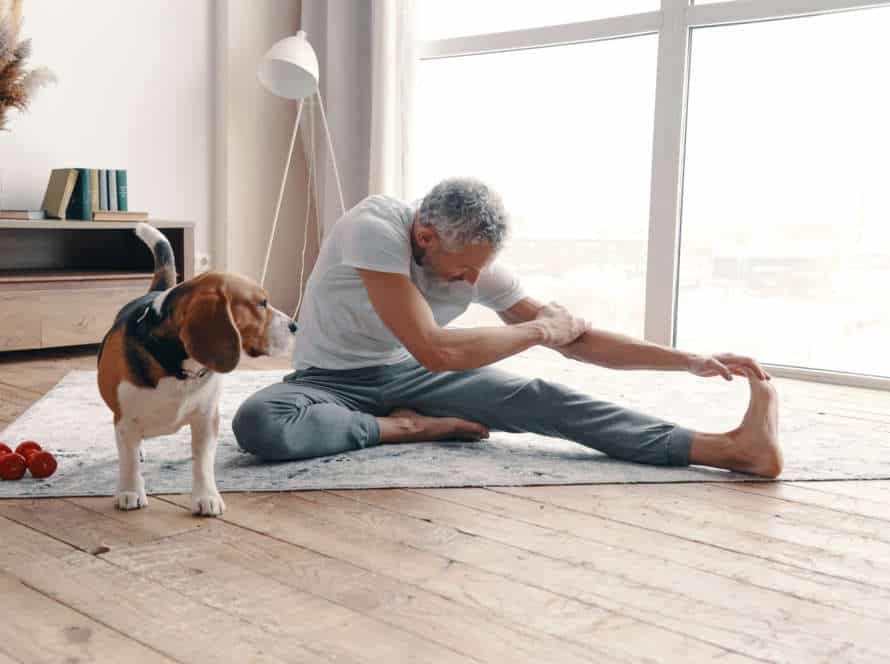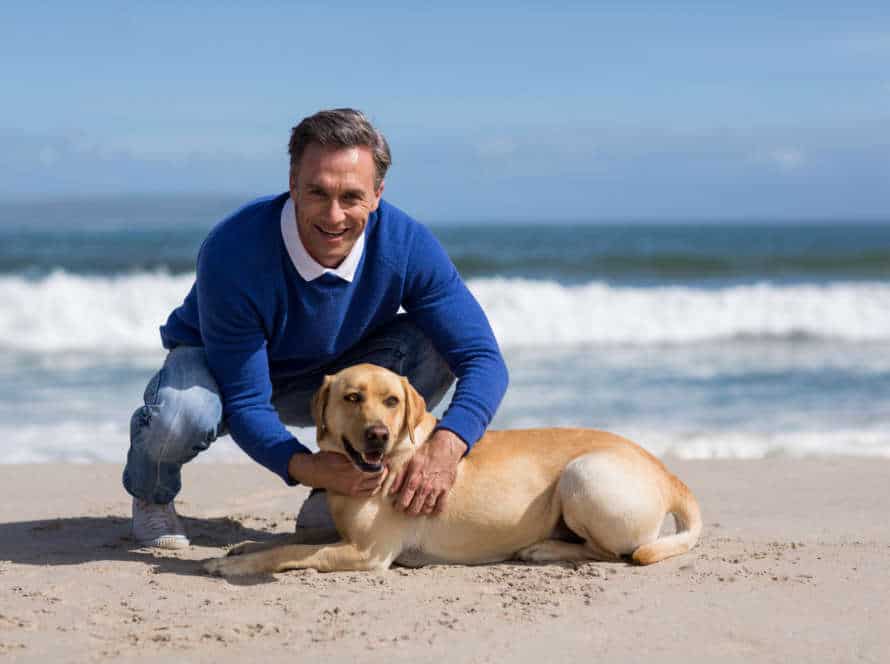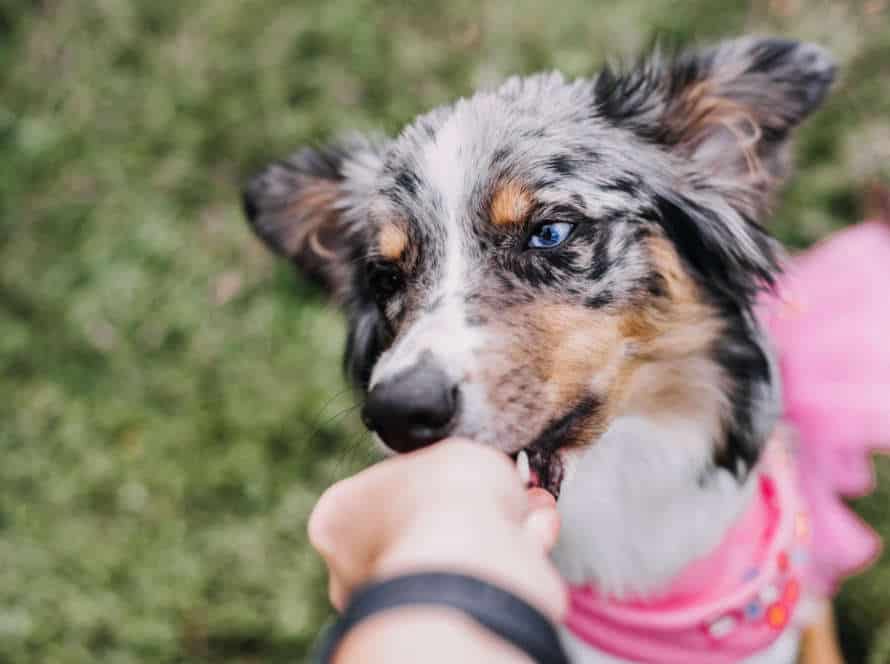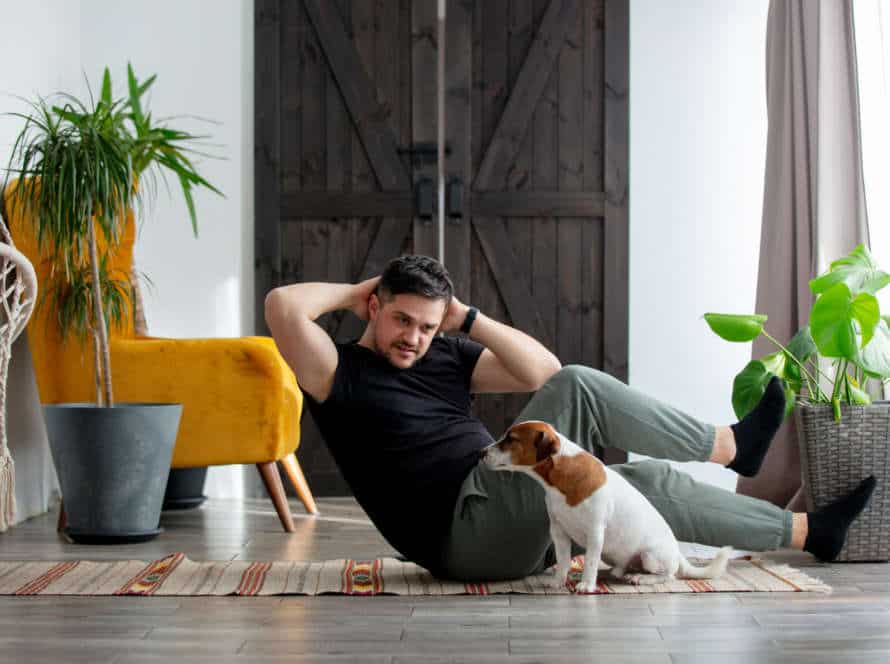How to Safely Groom Your Dog’s Sensitive Areas
Grooming your pup’s sensitive spots can be tricky. But there are ways to keep both you and your four-legged friend safe. Here are some tips to help you:
- Get the right tools: Use grooming tools made for sensitive areas, like a fine-tooth comb or small scissors.
- Keep your pup calm: Give treats and use soothing words while you groom.
- Avoid overstimulation: Ears and paws are easily overstimulated. So, take breaks to let your pup relax.
- Seek help: If you’re not confident with grooming, ask a groomer or vet for help.
Always prioritize your pup’s safety and comfort when grooming.
Understanding Your Dog’s Sensitive Areas
Groom your pup with care. Sensitive areas must be handled with care! Learn where they are, how to clean them and how often to groom ’em. This will ensure your pooch is comfy throughout the whole process. Let’s get into the nitty-gritty of those sensitive areas and how to groom them safely.
Identifying Common Sensitive Areas in Dogs
As a pet owner, it’s vital to be aware of your dog’s sensitive parts for grooming. These areas can be:
- Ears – delicate and prone to infection, so a gentle approach is needed.
- Paws – full of nerves, so trimming nails and cleaning requires extra care.
- Tail – some breeds, like Greyhounds, have fragile tails so special attention is required.
- Genital area – most dogs are sensitive here, so a gentle approach is best.
By being aware of these areas, you’ll ensure a safe and comfortable grooming experience for your pup!
Understanding the Physical and Emotional Reactions to Sensitive Areas
It’s a must for pet owners to understand their pup’s physical and emotional responses to sensitive spots for secure grooming. Some places, such as the ears, paws, and tail base, can cause distress or hurt when touched, causing emotional reactions or even physical damage.
Here are some tips to help you properly groom your pup’s delicate spots:
- Begin grooming with a positive, peaceful energy.
- Watch your pup’s body language and reactions. Indicators of unease can be panting, whining, growling, or attempting to flee.
- Use soft, slow movements when grooming delicate areas, such as the ears or paws.
- Don’t be afraid to ask an expert groomer or vet for assistance if you don’t know how to groom your pup safely.
By recognizing your pup’s delicate areas and taking the right precautions, you can guarantee that your grooming sessions are safe and comfortable for your furry friend.
Learning Techniques to Calm Your Dog During Grooming
Grooming can be tough for some dogs. To make it more pleasant, learn calming techniques. Here’re tips to groom sensitive areas:
- Know which parts are delicate: Ears, paws, and tail base can be sensitive. Handle them with care.
- Familiarize dog with tools: Introduce clippers, scissors, and brushes to your pup in a positive way. Use treats and praise.
- Be gentle: Don’t press hard when grooming the sensitive parts.
- Take pauses: If your pup gets too anxious, stop and start again when it’s calm.
Remember: Grooming should be a great experience for your pup!
Preparing for Grooming Your Dog’s Sensitive Areas
Prepping your pooch’s sensitive spots is vital for a successful and secure grooming session. As their parent, you must ensure your pup feels comfy and safe. This includes:
- Ensuring the area is clean of dirt and debris.
- Utilizing the right tools.
- Knowing any extra instructions needed.
Let’s review how to make ready for the grooming!
Choosing the Right Time and Tools for Grooming
Timing: When grooming your dog’s sensitive areas, it’s best to wait until they are calm and relaxed. Pick a time when they are well-rested and have already had exercise or food.
Tools: Use the correct tools for each area to prevent injury or discomfort. For example, round-tip scissors for trimming hair around the ears and a gentle paw balm for rough paw pads.
Approach: Be patient and careful when grooming, with gentle strokes and rewards for positive behavior.
Breaks: Take breaks to avoid overstimulation or stress.
Reward: Give treats or affection after each session to reinforce good behavior.
Pro tip: Regular grooming of these areas keeps your pet looking and feeling great, and helps to prevent potential health issues.
Preparing Yourself and Your Dog for Grooming
Groomin’ yer pup’s sensitive spots can be tricky. To make it easy and safe, prepare yourself and yer pup! Here’s some tips:
- Start slow: Get yer pup used to groomin’, start with their back and legs, then move on to more sensitive areas.
- Get the right tools: Use round-tipped scissors, a soft-bristled brush and clippers with guards.
- Stay chill: Dogs sense stress and anxiety, so stay calm.
- Use rewards: Treats, praise and love for good behavior durin’ groomin’!
By followin’ these tips, you can make the experience enjoyable for both of you. Pro tip- If it’s too hard, ask a professional for help.
Creating a Comfortable and Safe Environment
Grooming your pup’s sensitive parts can be tricky. But, by creating a secure and comfortable atmosphere, you can make it simpler and quicker. Here are some tips to get ready:
- Use clippers and tools that don’t make too much noise, so you don’t startle your dog with loud unknown sounds.
- Find an area with enough light and comfort for better visibility and movement.
- Put non-slip mats or towels to avoid any injuries or slipping.
- Reward good behavior with treats, compliments, or a soothing voice to make the pet feel secure and upbeat.
- If your pup shows discomfort or aggression, stop or change the technique.
- Take breaks during the process to keep your pet from stressing out and give them time to relax.
By following these steps, you’ll ensure a more secure and comfortable grooming experience for your beloved furry friend.
Grooming Dog’s Sensitive Areas in a Safe and Effective Way
Grooming your pup’s sensitive areas? Must do! But tricky too, with many delicate places needing special care. Knowing the basics before you start is key for a safe and successful job. Here are tips for grooming your pup’s sensitive areas:
Cleaning Ears and Removing Wax
Cleaning your pup’s ears and getting rid of wax? Important! Must be done well for your dog’s health and happiness. Here’s how:
- Look at the ears for signs of infection. Redness, swelling, discharge? If you spot any, see your vet first.
- Use a soft cloth or cotton ball. Dampen with ear cleaning solution. Wipe the insides of the ear flap and ear canal. Don’t go too deep though!
- Use a second cotton ball to dry their ears. Wipe away any remaining moisture.
- If needed, apply ear medication as your vet directed.
Be gentle and patient! This way you can avoid hurting your pooch. Pro tip: Treats and praise make ear cleaning a positive experience.
Clipping Nails and Trimming Paw Pads
Grooming your pup’s nails and paw pads is a sensitive task! Here are some tips to do it safely and effectively:
Clipping Nails:
- Get your dog used to having their paws touched from an early age.
- Use sharp, high-quality clippers and identify the quick, or the pink area of the nail, to avoid snipping it.
- Trim a tiny bit of nail at once. If in doubt, ask a pro groomer or vet.
Trimming Paw Pads:
- Cut the fur around the pads with scissors or clippers gently.
- Check for any debris, nails, or stones stuck between the paw pads before trimming.
- Be extra careful not to cut the pad’s delicate skin. If uncertain, ask an expert.
Taking the time to groom your pup’s sensitive areas with love and care can help you both bond. Plus, it can avoid potential injuries!
Pro Tip: Reward your pup with treats and love during grooming to make it a positive experience.
Brushing Teeth and Cleaning Gums and Tongue
Brushing your pup’s chompers and cleaning their gums and tongue is a must-do part of their grooming. When it comes to grooming these sensitive areas, do it safely and effectively. Here’s how:
- Use a soft-bristled toothbrush and toothpaste made for dogs.
- Massage their gums with your fingers to let them get used to it.
- Brush their teeth in circular motions, covering front and back.
- Clean their tongue with a damp cloth or gauze to get rid of debris.
- Reward your dog with treats and praise for a positive experience.
Pro Tip: Check with the vet before beginning any new grooming routine or using new products on your pooch.
Caring for Your Dog After Grooming
Once you’re done grooming your pup, there are a few steps you need to take to make sure their sensitive areas stay healthy. Their fur and skin can easily become irritated, so you have to be gentle. Here, we’ll explain the different ways you can take care of your doggy’s delicate spots after a grooming session.
Follow these steps to ensure your pet’s health:
- Check their ears for any signs of redness, inflammation, or discharge. Use a cloth soaked in warm water or a veterinarian-approved ear cleaner to wipe away any dirt or debris. Ensure their ears are completely dry.
- Trim the fur around their anus and genitals with safety scissors, so they are adequately groomed but not completely shaved.
- Clean their genital area gently using a damp, soft cloth to avoid irritation.
- Check their paws and in-between paw pads for any foreign objects or debris that could cause irritation. Use clean, warm water to wash their paws and dry them off thoroughly.
Treating Any Irritation or Injuries
Grooming your pup can cause irritation or wounds. Here are tips to help keep them safe:
- Remain relaxed and alert while grooming, as dogs pick up on fear or anxiety which can lead to incidents.
- Utilize blunt-tipped scissors or grooming tools when trimming sensitive parts such as the face, ears, and paws.
- Should your dog express any discomfort, cease grooming right away and give them a break.
- Wash any wounds or injuries with antiseptic solution and put on a topical ointment to aid healing.
- Think about using a protective collar or bandage to stop your pup from biting, scratching or licking the hurt area.
Grooming should be a good experience for your pup. Approach it with care and patience for a gratified pooch.
Pro tip: Have some treats by you when grooming your dog, to praise them for nice behavior and make it a more enjoyable experience.
Rewarding Your Dog for a Successful Grooming Session
Reward your pup after a successful grooming sesh! Show them love and to encourage them for the future. Treats are great for good behaviour. Offer small, chewable ones. Playtime is also a fab reward. Choose a game they love, like fetch or tug-of-war. Cuddles can be the ultimate reward too. Give them a massage or just sit with them and pet them. Be cautious when grooming their sensitive areas. Use gentle techniques and reward them for cooperation and patience.
Maintaining Your Dog’s Sensitive Areas for Future Grooming.
Crucial for good health, comfort and cleanliness of your pooch, is to keep their sensitive areas in check. Here’s how:
- Ears: Inspect regularly for signs of inflammation or infection such as redness, discharge and bad odor. Wipe dirt away with a clean, damp cloth or ear cleaning solution. No sharp or pointed objects in the canal!
- Eyes: Check for signs of irritation, redness or discharge. Clean debris and dirt with a damp cloth or eye-cleaning solution. Trim long hair around eyes with grooming shears to avoid infection.
- Paws: Keep clean and dry to dodge infection or irritation. Wipe between toes and paw pads with a damp cloth. Trim nails with a clipper or grinder to avoid overgrowth and discomfort.
Follow these tips to get your pup ready for their grooming appointment and stay healthy!
Pro tip: If you notice any unusual behavior or symptoms in their sensitive areas, consult a vet or groomer!
Frequently Asked Questions
Q: How often should I groom my dog’s sensitive areas?
A: It depends on your dog’s breed and coat type. Short-haired dogs may only need grooming every few months, while long-haired dogs may require weekly grooming.
Q: What tools do I need to safely groom my dog’s sensitive areas?
A: You’ll need grooming scissors, clippers, brushes, and combs. It’s important to use tools specifically designed for dogs to prevent injury.
Q: How do I approach grooming my dog’s sensitive areas?
A: Start with positive reinforcement, treats, and gentle, slow movements. Gradually increase the intensity and length of the grooming sessions over time.
Q: What are the most sensitive areas on my dog that require extra caution while grooming?
A: The paws, ears, genital area, and sensitive skin areas are the most sensitive and require extra care during grooming sessions.
Q: How do I clean my dog’s genital area without causing discomfort?
A: Use dog-specific wipes or a damp cloth to clean the area gently. Avoid using soap or perfumed products, and take care not to apply too much pressure.
Q: When should I take my dog to a professional groomer instead of grooming them myself?
A: If you’re unsure about how to groom your dog safely, or your dog has a particularly sensitive or difficult coat, it’s best to seek the services of a professional groomer.

